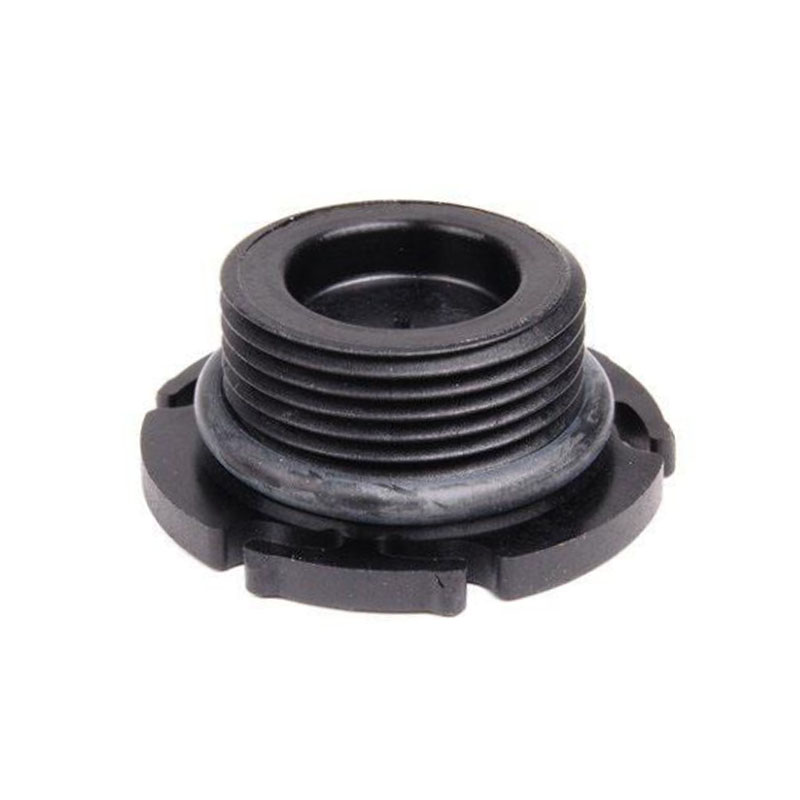Understanding the Importance of Output Shaft Seals in Mechanical Equipment Performance and Maintenance
Understanding Output Shaft Seals Importance and Maintenance
Output shaft seals play a crucial role in the functioning of various mechanical systems, particularly in automotive and industrial applications. These seals are designed to prevent the leakage of fluids, such as oil or grease, from the output shaft of a machine or vehicle. Understanding their significance, functions, and maintenance is essential for ensuring the longevity and efficiency of the equipment.
What is an Output Shaft Seal?
An output shaft seal is a rubber or synthetic component that encases the shaft where it exits the transmission or gearbox. Its primary purpose is to contain lubricants within the system while preventing contaminants from entering. This seal helps maintain proper fluid levels, safeguards internal components, and ultimately ensures that the machinery operates smoothly.
Output shaft seals are typically found in vehicles where they are used in differentials, transfer cases, and manual or automatic transmissions. Industrial machines, such as pumps and motors, also utilize these seals to maintain operational integrity.
The Importance of Output Shaft Seals
The significance of output shaft seals cannot be overstated. Firstly, they help maintain lubrication. Lubricants reduce friction and wear among moving parts, ultimately extending the lifespan of the machine. A compromised seal can lead to fluid leakage, resulting in inadequate lubrication and potentially catastrophic failures.
Additionally, these seals protect the internal components from dirt, dust, and moisture. Contaminants can lead to corrosion and wear, impacting efficiency and functionality. By preventing external elements from entering the system, output shaft seals play a vital role in the longevity of mechanical equipment.
Signs of a Failing Output Shaft Seal
Recognizing the signs of a failing output shaft seal is essential to prevent further damage. One of the most common indicators is an oil leak around the shaft area. This can lead to decreased fluid levels, which may result in overheating or excessive wear on internal components.
output shaft seal

Another sign is the presence of unusual noises, such as whining or grinding, often linked to insufficient lubrication. Additionally, if the vehicle experiences difficulty in shifting gears or if there are fluid leaks on the ground, these could indicate that the output shaft seal requires immediate attention.
Maintenance Tips
To ensure the longevity of output shaft seals, regular maintenance is crucial. Here are some tips
1. Regular Inspections Check the seals periodically for signs of wear, cracking, or leakage. Early detection of issues can prevent more extensive damage.
2. Maintain Proper Fluid Levels Regularly check and top up the lubricants in the system. This helps ensure that the seals are functioning correctly and that there is adequate lubrication in the machinery.
3. Use Quality Lubricants Using the right type of lubricant can help maintain the integrity of the seal. Always refer to the manufacturer’s specifications when selecting lubricants.
4. Replace Worn Seals Promptly If you notice any signs of a failing seal, it is essential to replace it promptly. Ignoring a worn seal can lead to more severe issues and costly repairs in the future.
Conclusion
Output shaft seals are integral components of many mechanical systems, ensuring the containment of lubricants and protection against contaminants. Understanding their function, recognizing the signs of potential failures, and adhering to proper maintenance can greatly enhance the performance and lifespan of your machinery. By prioritizing the health of output shaft seals, you not only safeguard your equipment but also ensure a smoother and more efficient operation.
-
Understanding Automotive Oil Seals: Essential Components for Engine and Shaft Protection
News Jul.30,2025
-
The Importance of Heavy Duty Seals in Industrial and Residential Applications
News Jul.30,2025
-
Exploring Industrial Oil Seals: From Felt Oil Seals to TTO and CFW Solutions
News Jul.30,2025
-
Essential Guide to Oil Seals: From Radial to Metal-Cased Seals for Industrial Reliability
News Jul.30,2025
-
Choosing the Right Oil Seals and Gaskets for Industrial and Automotive Applications
News Jul.30,2025
-
Cassette Seals: Durable Sealing Solutions for Harsh Environments
News Jul.30,2025
-
Understanding the Front Main Engine Seal: Purpose, Maintenance, and Installation
News Jul.29,2025
Products categories















